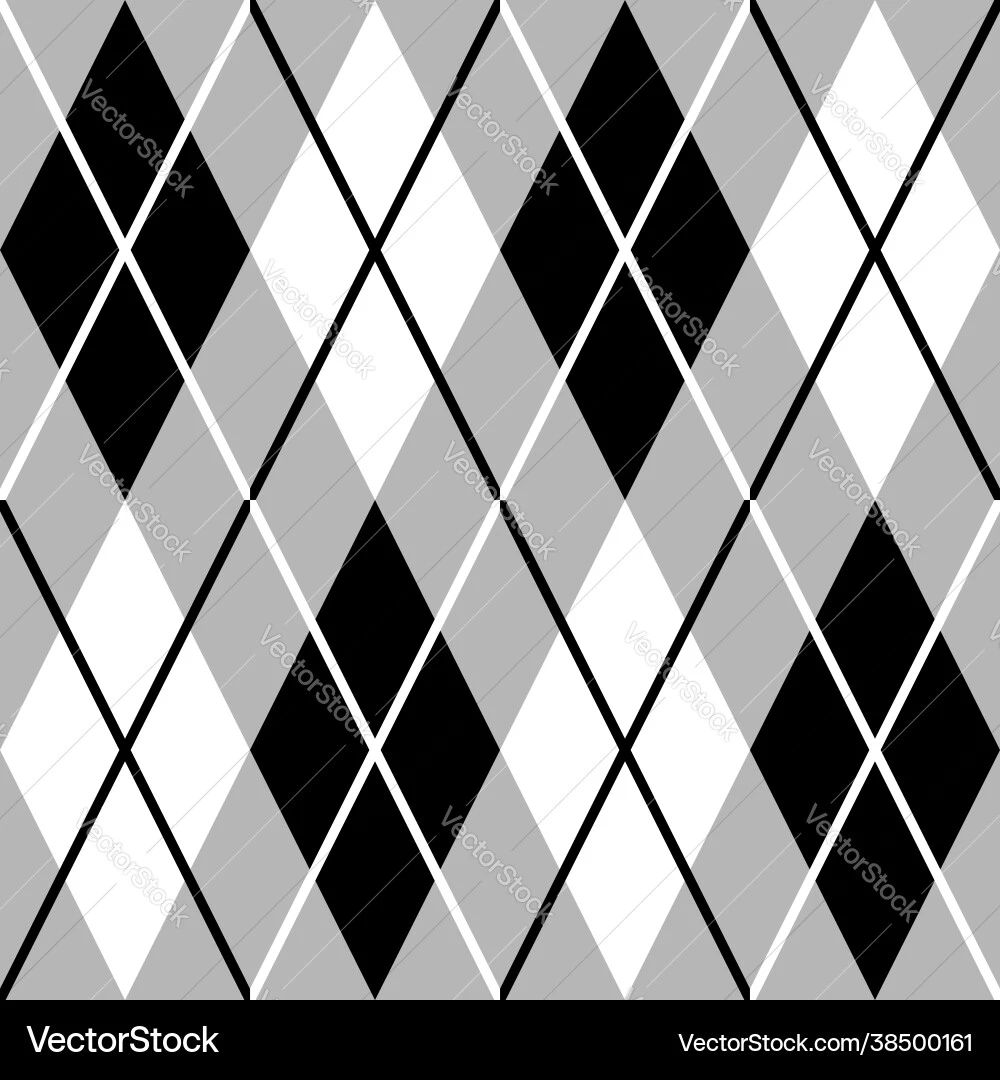What I find interesting as fuck about this is that the car depicted is clearly a Jaguar XJ220.
Why, out of every car they could have chosen, did they decide on one of the rarest cars on Earth?
Because it’s in England, and the XJ220 is objectively the coolest car to come out of said country.
Apart from the McLaren F1.
My guess is this was made in 1992 or 1993
At that point the Jaguar XJ220 was the fastest production road car in the world.
It would have been a very short window in 92 before the McLaren F1 broke the record.
On 31 March 1998, the XP5 prototype with a modified rev limiter set the Guinness World Record for the world’s fastest production car, reaching 240.1 mph (386.4 km/h),[6] surpassing the modified Jaguar XJ220’s 218.3 mph (351 km/h) record from 1993.
So 1993 to 1998 for the independently verified record.
McLaren’s own test of the XP3 was in 1993 so it was really just waiting for that formality from that point on.
Yeah but that one’s not British.
The F1, made by British luxury automotive manufacturer McLaren, isn’t a British car?
Dunno what I was thinking, I think I saw the M and thought Mercedes.
What else were they going to use, the F1?
spear fishing target acquired. finalizing in-person first contact preparation.
I’m willing to bet that this is no cross section of any road, but by “slice” they mean of things that were historically at that spot.
Never knew ancient squids used roads.
Well, they didn’t know it at the time
Oh please, the top isn’t that level.
Well they left off the road salt and that one leaf that got stuck on when they seal coated it last year.
True, but I was thinking there should be a pot hole in it!
Would these old roads really be stacked right on top of each other with no separation from earth and other build up?
Some places yes, keep in mind, some of these routes have been in constant use since the “track” era…
And especially the Roman roads have very well constructed foundations. So they were perfect for building right on top of.
often, yes.
Good question. Not in America, they usually just started from wagon tracks at best. I guess it depends on if they tore up the old roads first where they existed. Sometimes they used to integrate materials from the old road or nearby destroyed structures (after a disaster) as part of the new road, though not so much these days.
Sure, you could read Sarum (over 1k pages, onionleaf), or you just look at this picture and let the weight of history sink in
This is just the cross section of a road.
The rest of them are made of a kind of dark cheese, and riddled with holes.






